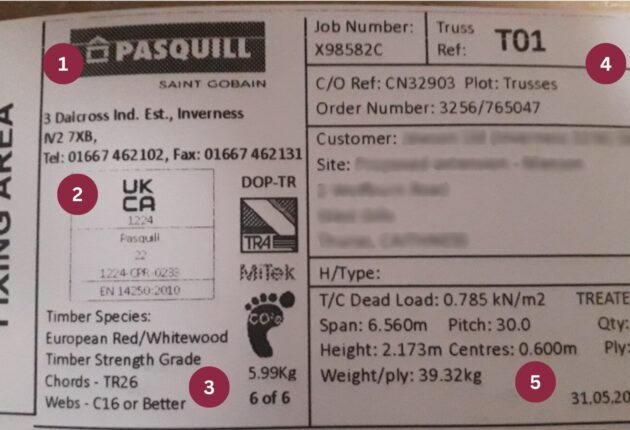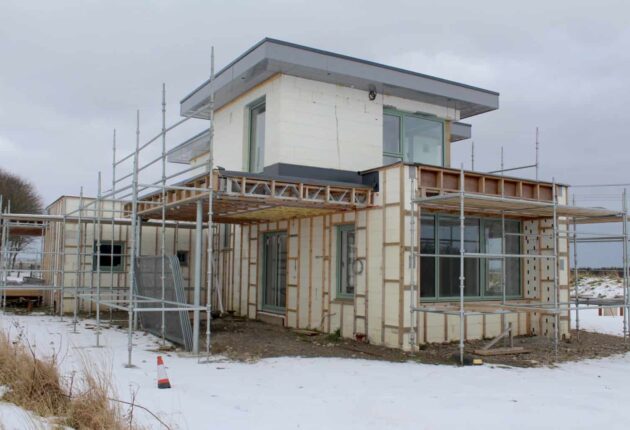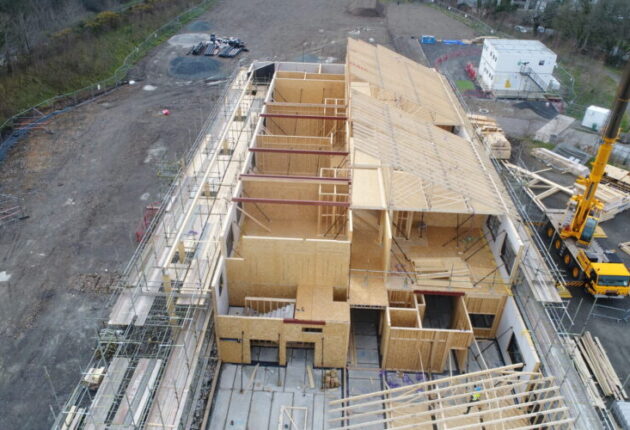Upcoming flooring joist regulation changes: what you need to know
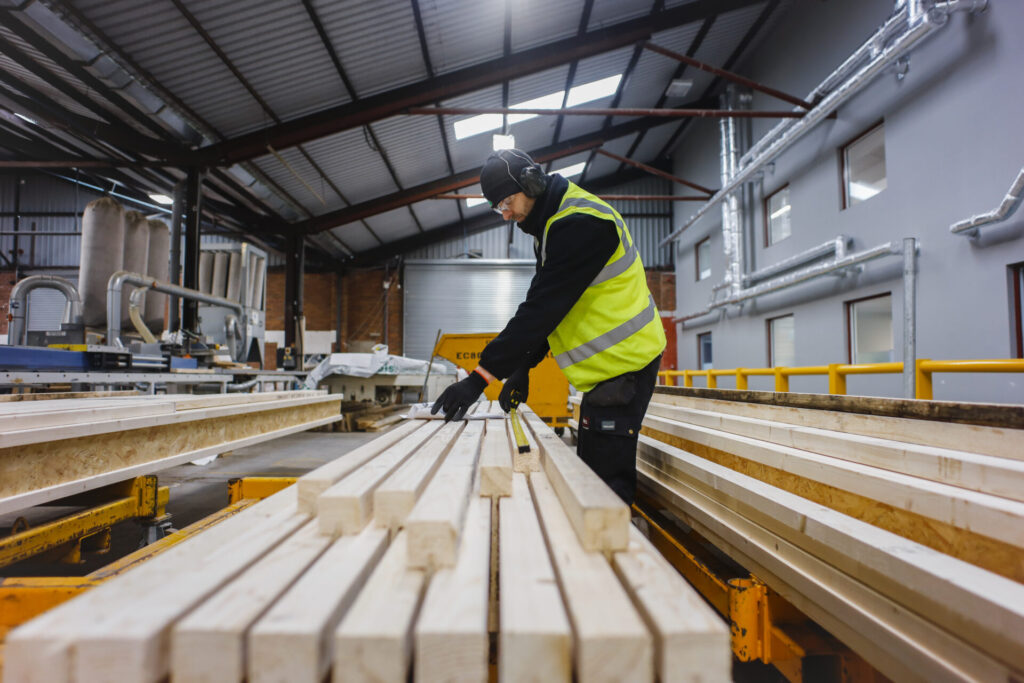
As building regulations evolve, truss depth requirements and product availability changes are set to impact roofing and flooring systems.
At Pasquill, safety is an essential part of our company, and our manufacturing facilities enforce rigorous safety and compliance procedures to ensure good working practices. We also implement tight regulations around all products to guarantee each customer gets the best roofing and flooring solutions that comply with all regulations. We closely monitor the ever-changing construction industry to ensure all standards are up-to-date.
In this blog, we’ll cover everything you need to know about the most recent regulation changes to flooring joists, to ensure you’re prepared for the upcoming transitions.
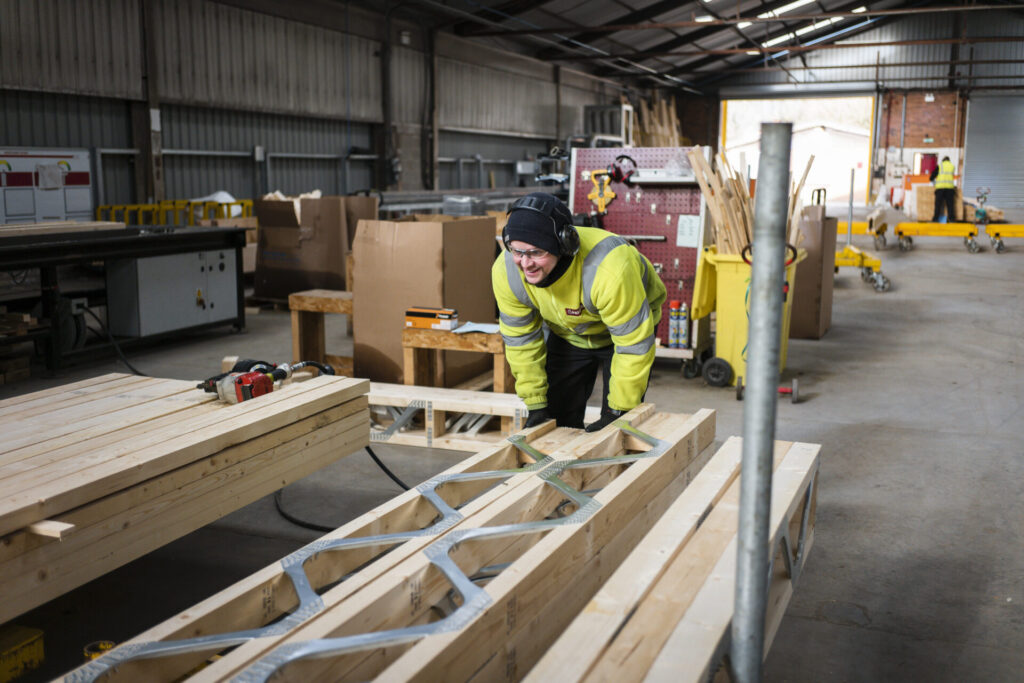
What’s changing?
Starting January 1st 2025, the British Standards (BS) for floor detailing will be replaced by the more stringent European Norm (EN) standards – EN 14250. As such there will be some restrictions on the availability of 195mm I-Beams (JJI-Joists) and 202mm deep Posi-Joists . These changes are driven by evolving performance standards for both fire safety and sound insulation requirements. For example, NHBC’s 2024 Standards emphasise updated deflection limits and spacing requirements for timber I-Joists. Rather than enforcing a blanket ban on all 195mm JJI-Joists or 202mm Posi-Joists, the evolved standards may indirectly impact product selection based on performance.
At present, 200mm deep floors require 100mm of mineral wool insulation to achieve the 40dB airborne sound resistance requirements set out in Building Regulations. However, there are no fire tests available for 200mm deep floors with this insulation included. This, combined with the NHBC and other regulatory bodies focusing more on integrating solutions that combine fire resistance with acoustic and structural performance, have led to a change in regulations.
Smaller joists that may not meet new standards for fire resistance and acoustic performance can still be used in roof structures under different regulatory guidance. This aligns with the trend toward using deeper joists (220mm or more) for better performance and space for services such as MVHR (Mechanical Ventilation with Heat Recovery).
In the UK, CE markings were due to be phased out by June 2025, however the UK Government announced an extension in September with no new definitive date.
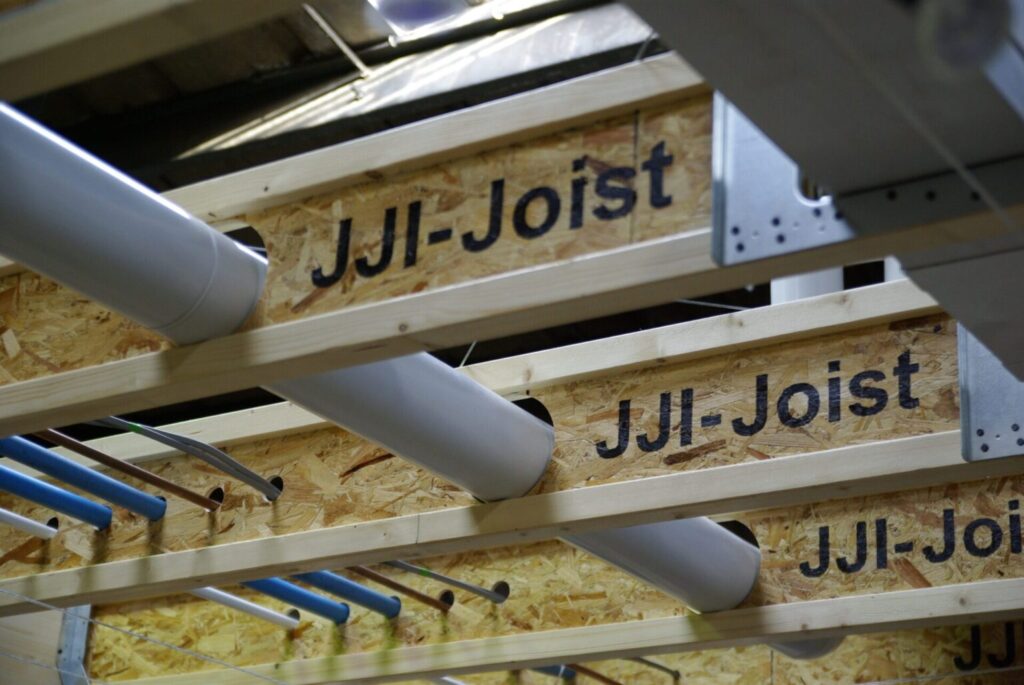
What does this mean for Pasquill and its suppliers?
MiTek will continue to offer PS8 webs for posi rafters and attic designs, with fire-tested solutions starting at 147mm floor joists. While we design the floor joists, building designers remain responsible for ensuring fire and acoustic standards are met.
Moving forward, while we cannot supply 195mm JJI-Joists or 202mm Posi-Joists for flooring applications, they can still be supplied for roofing structures due to different regulations. If you would like to specify these in your roofing project, please speak with your local Pasquill design team who will be able to advise further.
In addition to these changes, the Building Safety Act (BSA) plays a significant role in reshaping the industry. The BSA holds developers and contractors accountable for historic construction issues and introduces a National Regulator for Construction Products. This act emphasises the importance of the “golden thread” – clear, consistent, and accessible documentation, which has a broad impact on all products, not just joists. The golden thread will enforce more stringent accountability and safety measures across the entire supply chain.
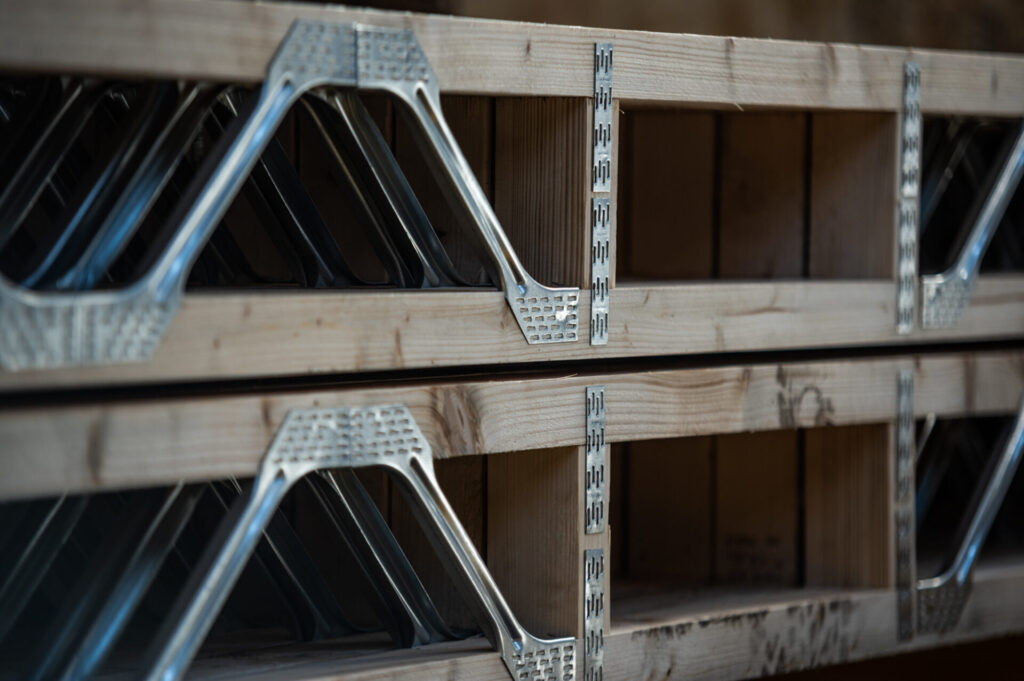
What does this mean for my projects?
Customers may request a 202mm deep floor to align with the floors installed in an existing property, however the architect or developer must undertake private fire resistance testing to satisfy requirements. At Pasquill, we will no longer be able to supply any floor less than 220mm using JJI-Joists or 225mm using Posi-Joists.
As the industry moves toward these new regulations in 2025, floor depths will need to increase to achieve compliance.
As these changes come into effect, it’s crucial to stay ahead of the new regulations to ensure your projects remain compliant and safe.
If you’d like to discuss these changes with a colleague, you can contact your local Design Centre or Request a Quote today to get started on your next roofing and flooring project.


